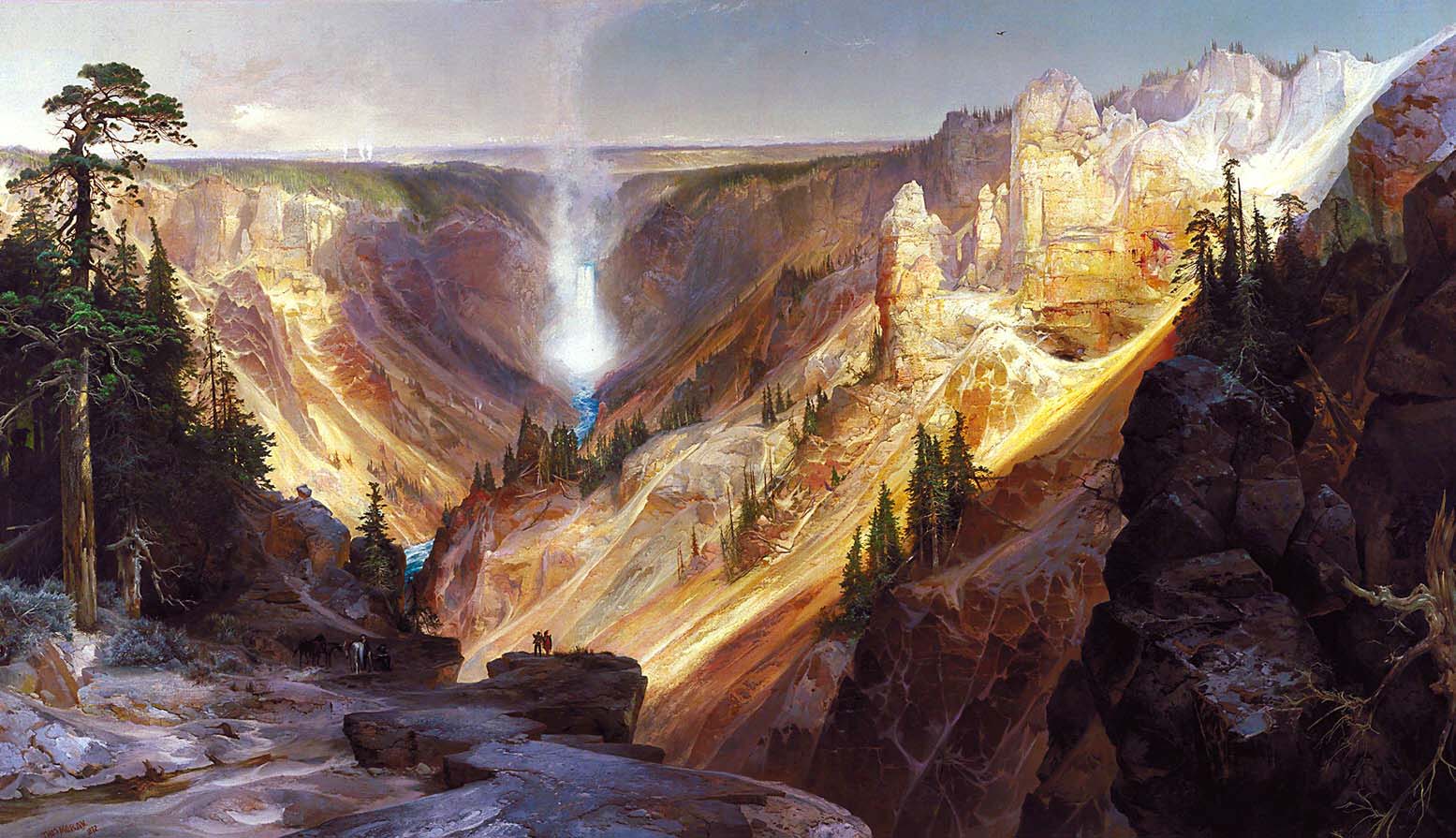"Revolutionary Landscape Explorer reveals drastic transformation of the American West"

The alteration of places in the American West over the past 70 years is now visible with the click of a mouse, thanks to a newly developed mapping tool.
The tool, known as Landscape Explorer, can be accessed by anyone with a web browser. It enables users to compare a contemporary Google map of the United States with a black-and-white aerial photograph of the western states from around 1950. A slider function allows users to easily switch between viewing the past and present landscapes.
Interactive features enable users to search for a specific location and adjust the image scale to zoom in or out. Names like "Lake Powell" reveal the transformation of the red rock canyons of the Colorado River into a reservoir, while "Las Vegas" brings the transition of desert arroyos into a cityscape into focus.
This open-access tool provides a unique historical perspective to those interested in the American West. Moreover, Landscape Explorer also intends to provide a visual reference that aids government bodies, landowners, and conservation experts in making informed land management decisions.
Scott Morford, an applied spatial ecologist at the University of Montana in Missoula who spearheaded Landscape Explorer's development, suggests that the contrasting visuals of past and present offer critical insights into changes in ecosystems. His team developed the tool with the support of Working Lands for Wildlife, a conservation program under the U.S. Department of Agriculture, and other partners with the goal of tracking changes within ecosystems of interest.
Prior to Landscape Explorer, collections of historical landscape images typically only reached back to the 1980s, and obtaining earlier images of large landscapes often proved costly and time-consuming. While previous initiatives have compiled small-scale historical imagery to examine changes within specific watersheds or counties, Morford highlights Landscape Explorer's capability to do the same but on a larger scale. The aim was to create a tool that is universally accessible and not limited to remote sensing specialists.
Morford's team processed approximately 170,000 aerial photos taken by U.S. Army pilots during the Cold War and subsequently digitized. The team used specialized software to combine images of adjoining land patches into a seamless mosaic. The culmination of the project was pairing the mosaic with satellite images via Google Earth Engine.
Landscape Explorer initially aimed to assess the effects of woody encroachment on grasslands in western Montana. Because of fire suppression, conifers like western juniper and eastern red cedar are invading historically treeless regions like the sagebrush steppe and prairies, resulting in monocultures that are detrimental to biodiversity and heighten wildfire risk.
Bruce Peterson, a third-generation Montana rancher, became aware of the gradual encroachment of trees on his family's livestock pastures through the side-by-side historical and current aerial imagery. Using the tool, Peterson along with a group of other landowners in the Southwest Montana Sagebrush Partnership have identified where to target tree removal efforts. Since 2020, the group has managed to restore nearly 50,000 acres of treeless rangeland, as reported by the Nature Conservancy, a partnership member.
Additionally, the Clark Fork Coalition, a Montana-based nonprofit focused on waterway conservation, has used Landscape Explorer to identify urban and industrial development effects on floodplains. According to the coalition's executive director, Karen Knudsen, the tool offers the ability to travel back in time, showing what has been lost and where further loss pressure remains.
After successful application in Montana, Landscape Explorer's creators expanded the tool's coverage to 17 western states to identify endangered forests, grasslands, or rivers and where untouched habitats can still be preserved.
Since launching the expanded tool in September, it has been used to track glacial regression in the Pacific Northwest, establish the historical size of sand dunes in coastal California, and identify dry wetlands. Morford looks forward to discovering more potential applications of Landscape Explorer, which he sees as a valuable aid to land managers.




